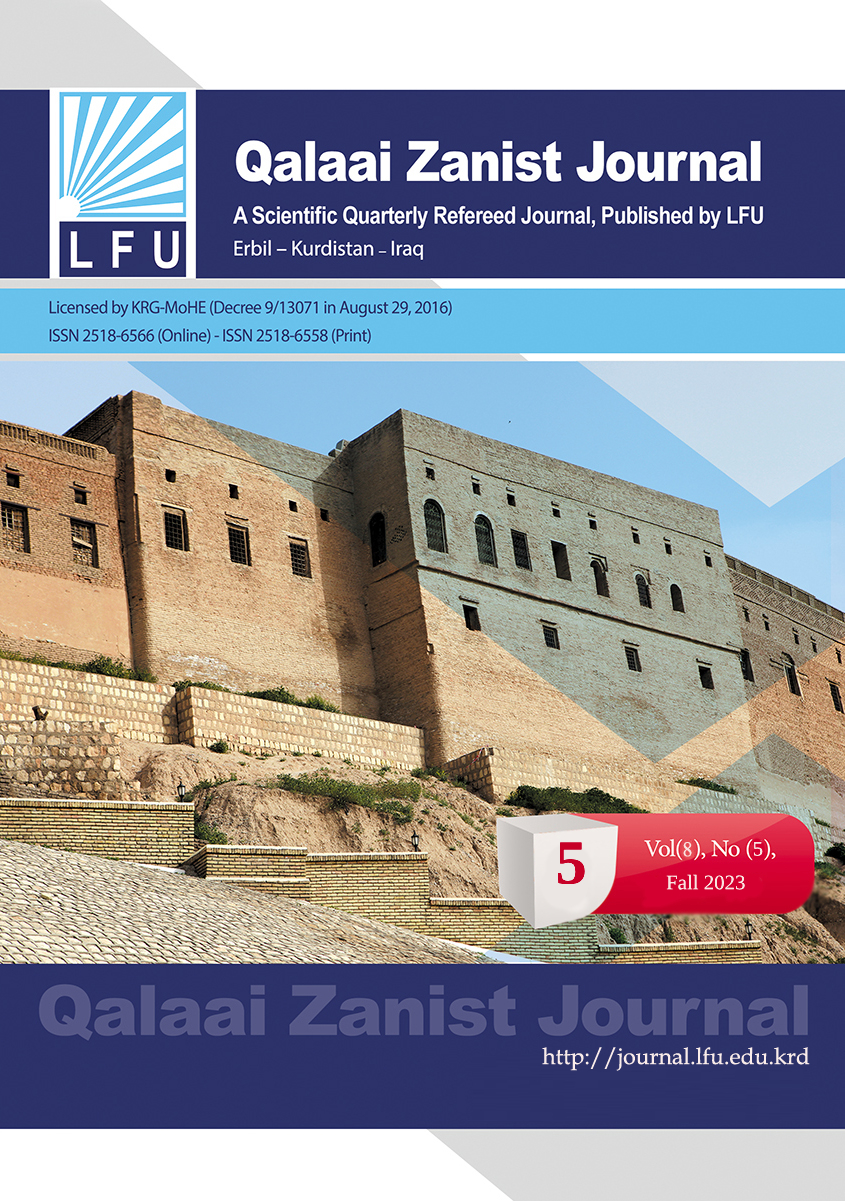The relationship between the value added intellectual capital and the capital structure An Empirical Study of a sample of Industrial Firms listed in Iraq for the period (2013-2018).
##plugins.themes.bootstrap3.article.main##
الملخص
The purpose of this study is to test the relationship between the Value-Added Intellectual Coefficient (VAIC) and capital structure (CS) of a sample listed industrial firms in Iraq for a period from 2013 to 2018. To avoid outliers, the robust regression technique was resorted to estimate the parameters of the regression model. The results reveal that the Intellectual Capital efficiency of the current period has a positive related with Capital Structure (debit ratio). Additionally, results reveal the presence of a negative and inverse relationship between control variables (profitability and firm size) and capital structure.
The study recommended the need to improve the performance of human resources for firms through training, attracting intellectual capital from abroad, and providing the necessary facilities for the employment of skilled people and specialists in various administrative, financial and technical fields.
التنزيلات
##plugins.themes.bootstrap3.article.details##
كيفية الاقتباس
الحقوق الفكرية (c) 2024 Akram Ahmed Muhammed، Rizgar Ali Ahmed

هذا العمل مرخص بموجب Creative Commons Attribution 4.0 International License.

